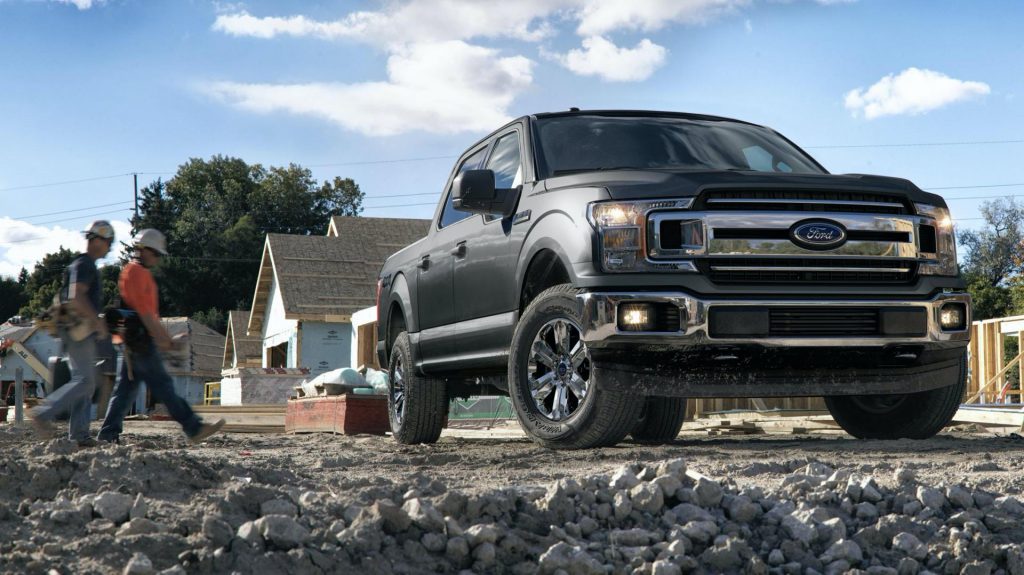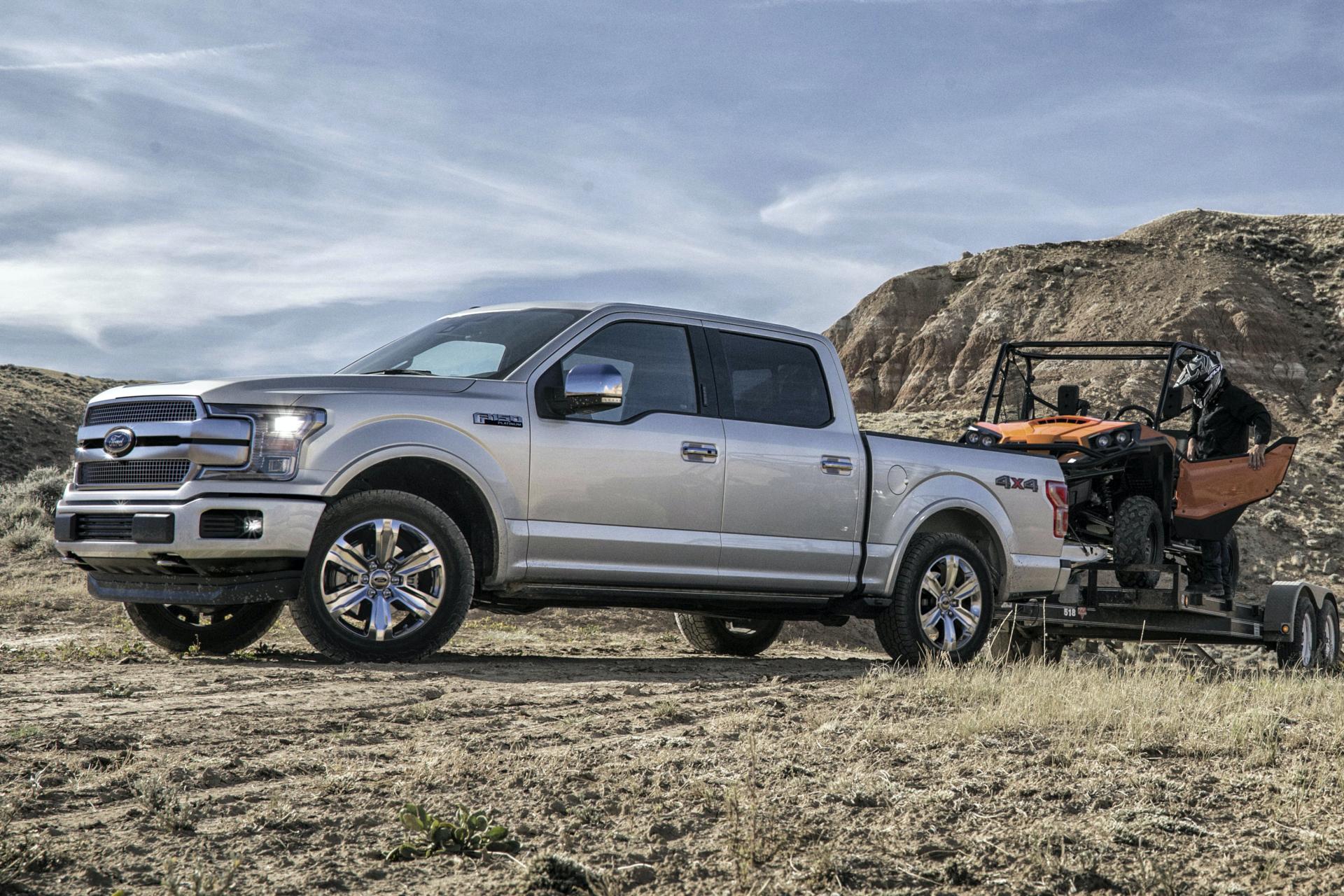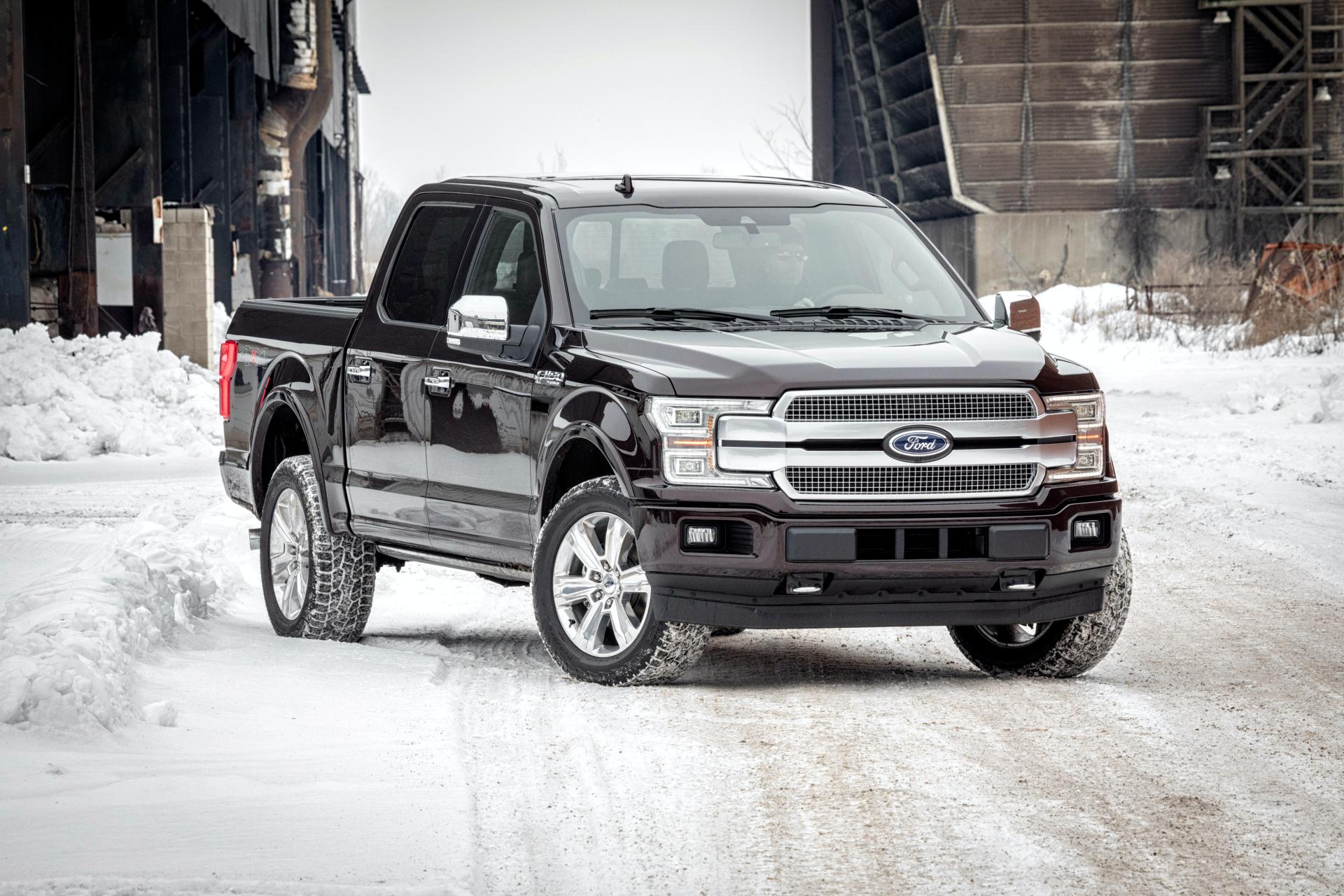Over the past ten years, pickup trucks have accounted for 14.6 percent of new vehicle sales in the United States, making them the most popular segment by far.
While that won’t really surprise anyone, data released by JATO Dynamics covering the 2010 model year through to September 2019 sheds new light on the pickup truck segment in the USA.
For example, the Ford F-150 enjoyed such a strong sales performance that if the nameplate were its own brand, it would have been the 9th best-seller. The 5.2 million units sold would place the F-150 between Kia and Subaru (5.4 million and 4.9 million units, respectively).
Related: Americans Paying Luxury Car Prices For Pickup Trucks, With Average Transactions Up 61% From 2009!
Since the Ford F-150 sold so many units over the past ten years, earning the title of the best-selling vehicle in the USA, you can imagine that the overall pickup truck market in the country was huge. Actually, pickups saw higher sales figures in the United States than the entire auto markets of countries like Russia (19.1 million), Canada (17.8 million), and Italy (17 million).
Since we mentioned Canada, the northern neighbor was the only country where pickups secured a larger market share than in the U.S. – 18.2 percent vs. 14.6 percent. Obviously, pickup sales were much higher in the United States. In contrast, pickups have had a significantly smaller market share globally – approximately 3.7 percent over the same time period.
Another interesting phenomenon revealed by JATO Dynamics’ data is that U.S. buyers remain loyal to pickups despite price increases driven by more luxurious features, inflation and other factors. For example, pickups from the 2019 model year had an average base MSRP of $44,039, an increase of 35.1 percent from 2010. Interestingly, the base MSRP for SUV’s rose just 16.4 percent during the same period.
Among the most significant upgrades pickups have seen since 2010 JATO Dynamics lists standard branded audio systems (Bose, Sony, Harman Kardon). 18 percent of 2019 model year pickups have them, compared to just 5.1 percent in 2010. Standard leather seats are another feature that has grown popular: 27.3 percent of 2019 pickups have them, compared to just 17.8 percent in 2010.
“Despite price increases, consumers are willing to pay more if the offer is in appealing sub-sectors – such as trucks and SUVs – and continue to be upgraded with new applications and accessories,” said Donald Smith, Vice President Sales & Marketing at JATO.
When it comes to stuff that actually matter on a pickup truck, data show that the average engine size in pickups decreased from 5.0 to 4.9 liters between 2010 and 2019. Despite that, the average payload allowance rose from 1,823 lbs (827 kg) to 2,186 lbs (992 kg), while the average combined fuel economy improved from 14.6 mpg (16.1 l/100 km) to 17.8 mpg (13.2 l/100 km).















